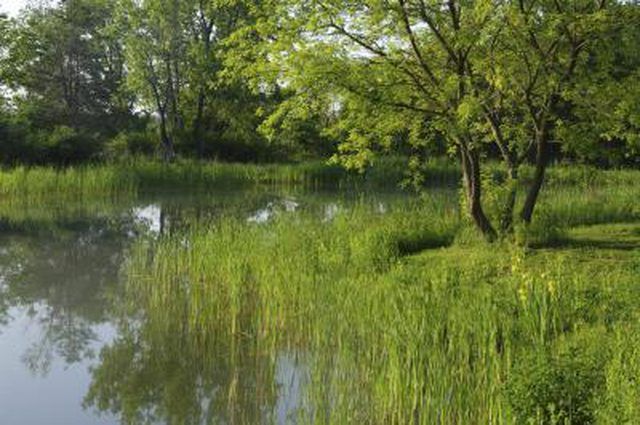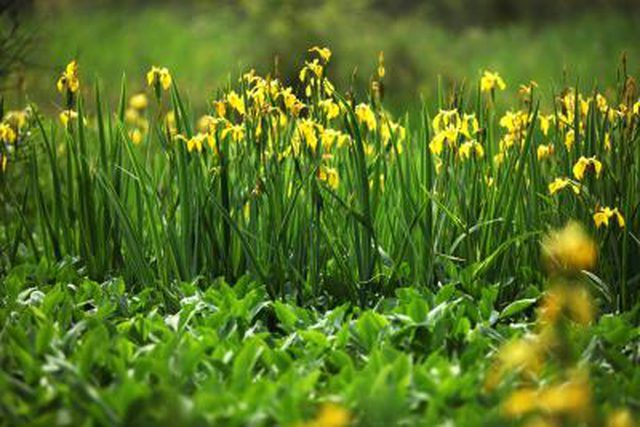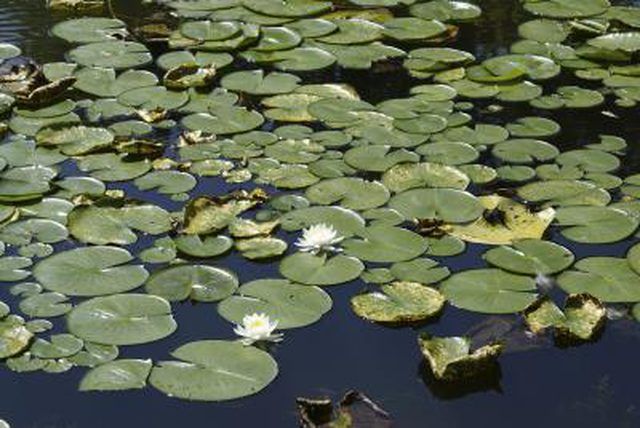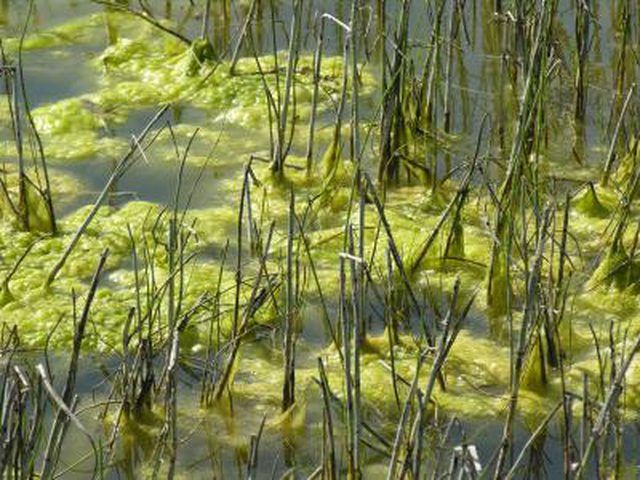Bulbs
Flower Basics
Flower Beds & Specialty Gardens
Flower Garden
Garden Furniture
Garden Gnomes
Garden Seeds
Garden Sheds
Garden Statues
Garden Tools & Supplies
Gardening Basics
Green & Organic
Groundcovers & Vines
Growing Annuals
Growing Basil
Growing Beans
Growing Berries
Growing Blueberries
Growing Cactus
Growing Corn
Growing Cotton
Growing Edibles
Growing Flowers
Growing Garlic
Growing Grapes
Growing Grass
Growing Herbs
Growing Jasmine
Growing Mint
Growing Mushrooms
Orchids
Growing Peanuts
Growing Perennials
Growing Plants
Growing Rosemary
Growing Roses
Growing Strawberries
Growing Sunflowers
Growing Thyme
Growing Tomatoes
Growing Tulips
Growing Vegetables
Herb Basics
Herb Garden
Indoor Growing
Landscaping Basics
Landscaping Patios
Landscaping Plants
Landscaping Shrubs
Landscaping Trees
Landscaping Walks & Pathways
Lawn Basics
Lawn Maintenance
Lawn Mowers
Lawn Ornaments
Lawn Planting
Lawn Tools
Outdoor Growing
Overall Landscape Planning
Pests, Weeds & Problems
Plant Basics
Rock Garden
Rose Garden
Shrubs
Soil
Specialty Gardens
Trees
Vegetable Garden
Yard Maintenance
Habitat of Pond Plants & Animals
Habitat of Pond Plants & Animals. Pond habitats do not stop at the pond's edge but continue on for several yards. Animals that live around the pond do so because it is their prime source for water and food.The survival of the pond depends on the environment in and around it. All the plants, animals and fish that belong in this habitat help nurture...
Pond habitats do not stop at the pond's edge but continue on for several yards. Animals that live around the pond do so because it is their prime source for water and food.
The survival of the pond depends on the environment in and around it. All the plants, animals and fish that belong in this habitat help nurture and maintain it. Since all the elements depend on each other, once one crucial organism is destroyed, chances are the ecosystem of the pond will slowly deteriorate and be destroyed.

Successful ponds have lots of different plants growing in them. These plants provide food, oxygen and even shelter for animals living in and around the pond.
Plants need sunlight for photosynthesis, so sunny ponds are more successful than those situated in shady areas. There is a food chain in the pond, and it starts with microscopic phytoplankton and algae. These are eaten by fish and small animals, which are then eaten, in turn, by larger animals.

There are different zones around a pond. The area farthest away from the pond but is still damp is called the bank side. Plants that enjoy dampness thrive in this zone. Such plants include willow herb and meadowsweet.
The marsh zone is at the water's edge, and plants that grow in this area attract such animals as frogs to the pond. Yellow flag iris and sedges are marsh plants. The tall stems of sedges are good hiding spots for young amphibians and dragonfly nymphs.

True aquatic plants such as Canadian pondweed and waterlilies live in this zone. Waterlilies have roots that are buried in the mud of the pond bed, but the leaves and flowers float on the surface. Other plants such as duckweed are surface floaters. Their roots dangle down into the water. Floating plants should not cover the entire surface of the pond because the submerged plants will be unable to live.
Fully submerged plants such as starwort and pondweed provide oxygen to the pond so they are essential to the health of fish. And the more fish a pond has, the healthier the pond is.

While fish are the most common life form in a pond, there is a multitude of animal species that live in and around ponds. Other common pond animals are snails, turtles, snakes, newts and salamanders.
Frogs and toads also flock to ponds to lay their eggs and dine on mosquitoes and their larvae as well as on dragonflies and water spiders. Birds that dive for fish or eat pond plants and insects include ducks, geese, kingfishers, herons as well as gulls, red-winged blackbirds and swallows.
Small animals like water voles and shrews also call a pond their home.

Bacteria abound in a healthy pond environment. Waste from the living and dead animals that reside in the area is broken down by these bacteria and recycled. There is no pollution in a healthy pond.
Pollution occurs when people intrude on a pond habitat. One form of pollution is dumping of garbage and trash. Other forms include pollution from chemicals such as pesticides that run off farms or lawns and seep into the groundwater. Artificial fertilizers also cause problems when they seep into ponds by encouraging too much algae to grow. The algae exhaust the oxygen in the pond and consequently can kill off pond life.
